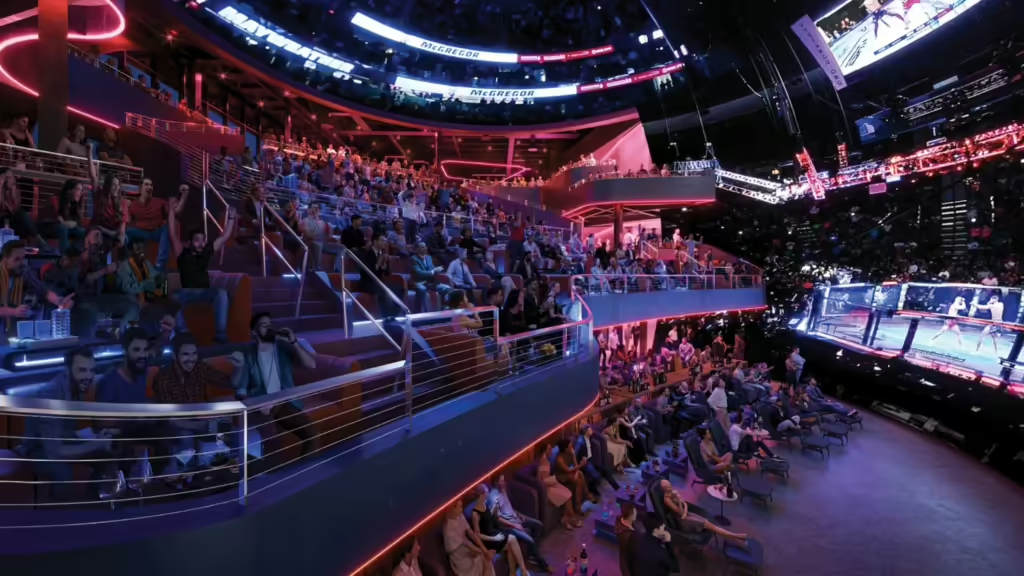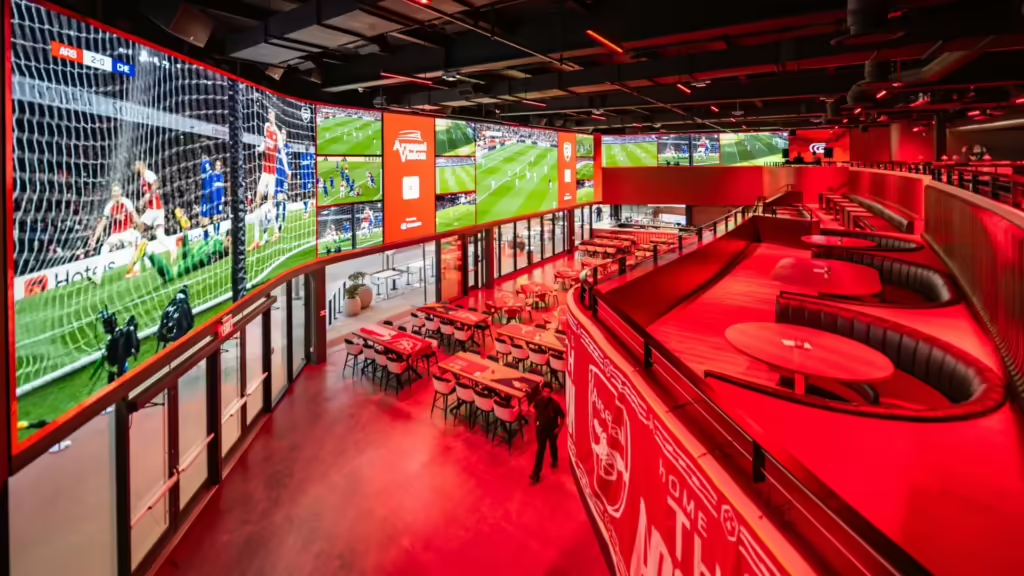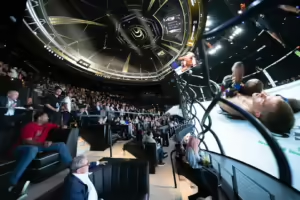Cosm has raised over $250 million to further develop what it calls its Shared Reality venues and expand its technology and media divisions. Founded in 2020 with the acquisition of Evans & Sutherland and Spitz and later followed by LiveLikeVR and C360, this significant funding round includes contributions from existing investors like Steve Winn and Mirasol Capital, alongside new backers such as Avenue Sports Fund, led by Marc Lasry, Dan Gilbert’s Rock, Baillie Gifford, and David Blitzer’s Bolt Ventures.

Cosm has already opened its first venue in Los Angeles at Hollywood Park. It has partnerships with major sports networks and organizations like the NBA, UFC, ESPN, NBC Sports, TNT Sports, and FOX Sports. Beyond sports, Cosm’s venues also feature art and entertainment experiences, including performances by Cirque du Soleil and projects from artists in the Cosm Studios Creator Program. The company plans to open a second venue in Dallas at Grandscape later this year, continuing its mission to redefine live entertainment through cutting-edge technology and immersive experiences.
As for the display component of the business, Cosm’s CX display is described as the world’s first software defined display, running on a proprietary CX Engine. It looks like this is a reference to the LED dome that supposedly eclipses traditional projection-based systems. It is claimed to have a resolution of 8K and 29.5 million pixels, capable of running content at up to 120 frames per second but, of course, all the displays are proprietary builds for Cosm’s venues. We have to assume the company’s background and pedigree is delivering the quality of displays that it is touting.


The displays are meant to be made up of thousands of unique LED modules, which are cleverly engineered to form a curved surface without visible seams. The idea is that these modules can be individually replaced, suggesting easy maintenance and long life, although one might wonder about the complexity and cost of such a task. At the core, the CX Engine, dubbed the brain of the display, offers image processing, managing and calibrating content. It claims to handle a vast range of content, from real-time graphics and 360-degree video to VR experiences and traditional TV feeds. There’s also a nod to its integration with Unreal Engine, purportedly simplifying content creation for digital developers.
In addition to visuals, the CX Display supports high-quality stereoscopic 3D and is paired with a spatial audio system for a more immersive experience. At the Cosm Experience Center, the display is installed as a 20-meter diameter truncated dome, offering over 5,000 square feet of display area for what is described as a floor-to-ceiling immersion. From what we have seen so far, and not knowing the costs and maintenance requirements, the results are certainly photogenic.

